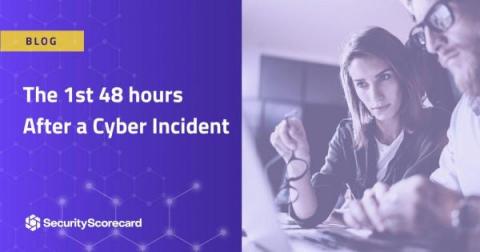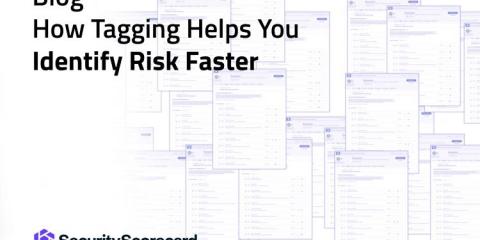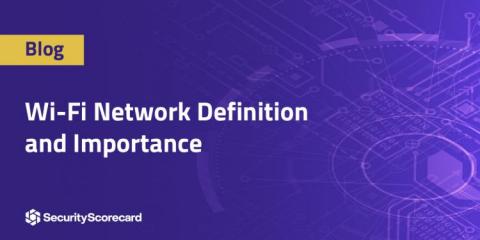The 1st 48 hours (after a cyber incident)
From small school districts and not-for-profit organizations with limited cyber defense budgets to major Fortune 500 companies with sophisticated cyber defense teams, understanding what to do in the first 48 hours following a significant cyber event is essential in protecting your organization and limiting the potential damage.










